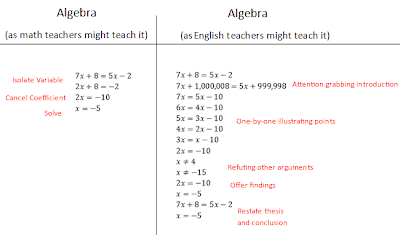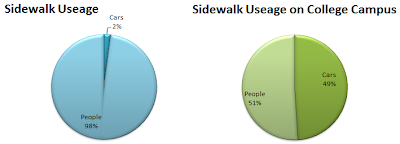"You can call me at my new New York phone number" is going to be a Facebook post of mine one of these days, just so I can trick my friends into thinking that I'm moving to a different country (New York is practically a different country).
How did I get a phone number in New York? I got it through the magic of Google Voice. Google Voice is an internet phone service. It is free for domestic calls and can be added onto an existing Google/Gmail account. Not only does Google Voice let me make phone calls from my computer, but it will forward calls to my cell phone. In fact, I can have Google Voice forward calls to six different phones.
Another magical feature about Google Voice is the recording features. Voice mails are recorded, transcribed and e-mailed to my Gmail account. The quality of the transcription varies from call to call, but at the very least I can usually pick out the name and some of the details. For example, the other night I got a voicemail that read "Hello Mr. Nickel. If you can give me a call back. I really need that money and I'll Albert 30 caps okay. Have a good day..." I could see the caller's number and got the basics of the call; someone was calling to remind me that I owed them money, although the part about "Albert 30 caps okay" was actually about breaking my knee caps. The transcriptions still need a little work.
Probably the most interesting feature is the call recording option. With the push of a button, a lovely female voice will tell my caller that the conversation is now being recorded. It gives me the option of recording interviews, saving my best explanations or keeping track of a conference call so that I could back and later listen to what we were talking about. So, now, not only will the NSA be recording my phone calls, but I can, too.
Here are some possible uses for Google Voice in Education
- Create a hotline. Because the phone number can be forwarded to six different phones, it could be shared with six different teachers or six different coaches. The JV football coaches could have one number that a player could call and reach the next available coach. Similarly a group of math teachers could set up a call line for math help. Users can automatically set up a schedule so that the phone won't ring at four in the morning, too.
- Student interviews. Anytime a student needs to interview someone for a project, they can do it over the phone and have a recording of the process.
- Leave a message. Teachers could have the phone number and just always leave it in Do Not Disturb mode. They could post a daily outgoing voicemail to pass information onto students or they could have students call in and leave a message requesting the homework problems they wanted to go over on the next day.
The other audio tool that I explored was Audacity. If using Google Voice was like playing checkers, then using Audacity was like playing chess. Anyone can play chess, but it it hard to be good at chess. Similarly, I had no problem using Audacity. I was able to record audio files, import some background music and cut some of my "Ummms", "Okays" and silence from an interview I recorded via Google Voice (Thank you Dr. Taylor). I even played around with some of the effects by having the music fade out. If you need to edit audio, Audacity is free and users can easily combine clips from multiple files into one audio file. If you want to master how to use Audacity, on the other hand, get working. It's going to take a while.
While working with podcasts, I came across two that were particularly interesting. NPR's Planet Money is something that I have listened to for years. When I tutored economics, I would make copies of some of the episodes and give them to students so that they could hear about the concepts they were reading about in their text. In the process of researching Math Podcasts, I found very little in terms of useful audio podcasts. However, I did come across the BBC's "More or Less". It is loosely related to math. They talk about making sense of statistics in the news. While it might not be directly related to solving linear equations or completing the square, listening to the stories they talk about could be an exercise in developing quantitative reasoning skills for students.








